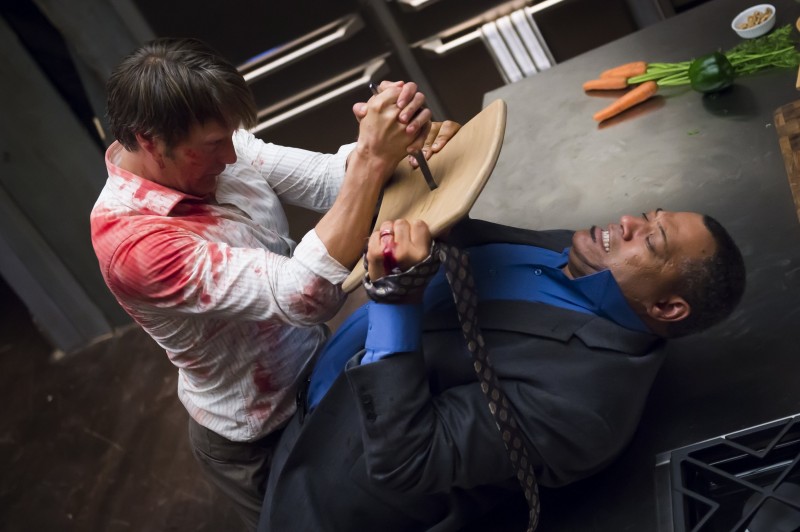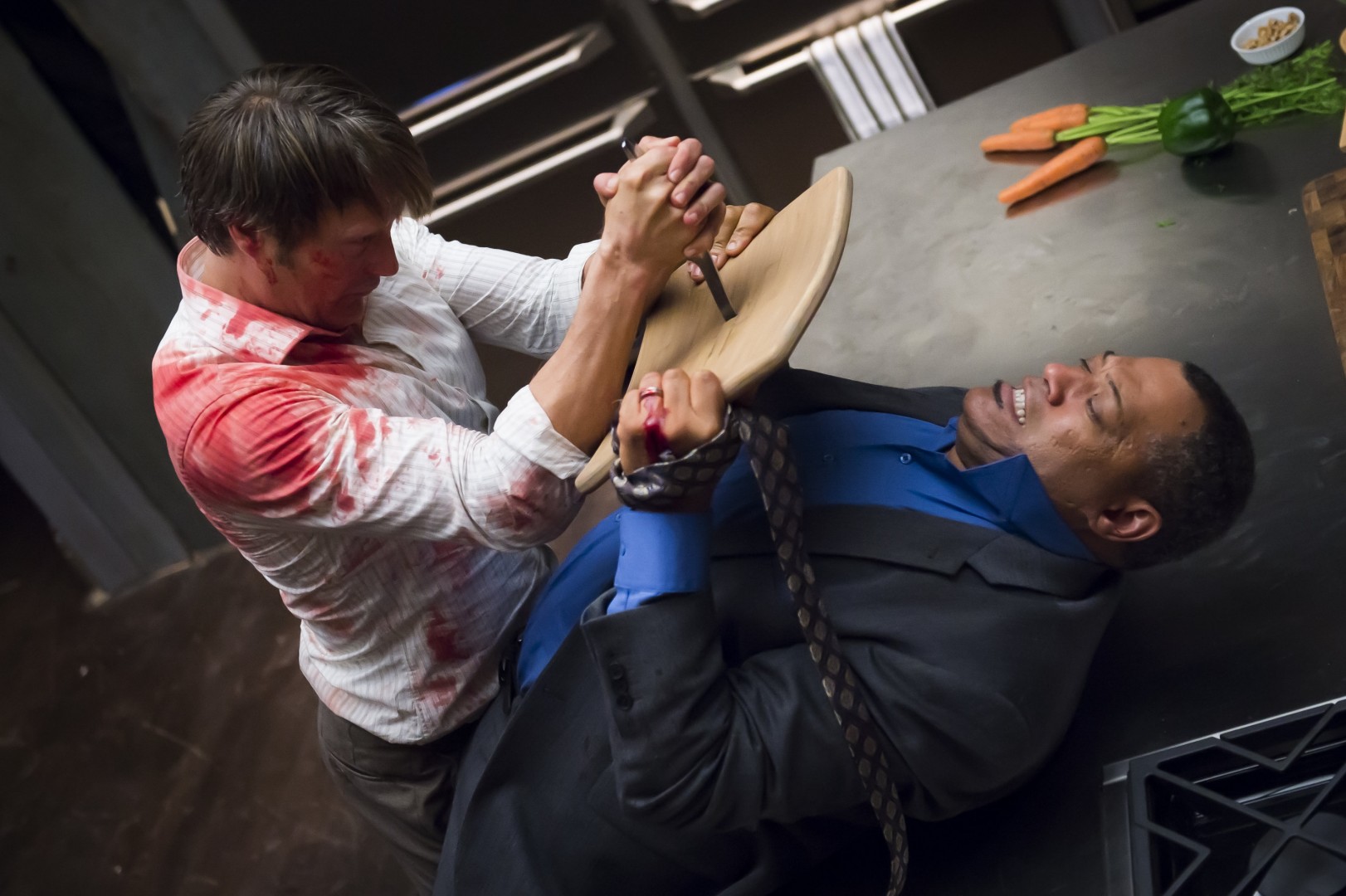
The first episode of the second season of the acclaimed show “Hannibal” returned this past Friday with a delightful and captivating opening. The episode was titled “Kaiseki,” which is a type of Japanese cuisine where the presentation is just as important as the flavor. As usual, the episode titles are thinly veiled analogies for what is happening in the plot. The premiere dealt with major repercussions from last season, in addition to introducing a new serial killer, to whom the title refers.
The final episode of season one saw protagonist and FBI profiler Will Graham (Hugh Dancy, “Black Hawk Down”) behind bars for murders he did not commit, as his psychologist and actual serial killer Hannibal Lecter (Mads Mikkelsen, “The Hunt”) looked on. The show is based on the novel “Red Dragon” by Thomas Harris; the following books “The Silence of the Lambs” and “Hannibal” may be more familiar to most audiences. All three were adapted into films, but the series “Hannibal” seeks to put a different spin on the story. The show follows Graham, a reluctant FBI profiler who struggles with a currently unidentified mental disability (many theories point to him being on the autism spectrum) that allows him to don the persona of a killer and put together entire crime scenes. He seeks therapeutic help from Lecter, who incidentally is the serial killer for whom Graham is desperately searching.
Despite the fact the show’s story has already been told several times, “Hannibal” seeks to add a different edge to the story. From the elaborate cannibalistic cooking scenes with Lecter to the gruesome yet intelligent serial killers prowling the world, a new dimension brings forth an element of horror rarely seen on television today. The newest serial killer is one such example; after the discovery of six bodies injected with silicone and encased in color preservative, it comes to light that the perpetrator of the crimes seeks to create a color palette—of people. The final scene of “Kaiseki” finds the newest victim waking up in the middle of delicately arranged bodies, displayed just as carefully as Lecter’s meals of hidden human. Yet this scene is not even the worst the audience has seen; the color palette could be easily topped by the tower of bodies one serial killer left, stretching horribly into the sky with twisted limbs. In a show so recognized for the intense horror, “Hannibal” makes up for it by being one of the most visually stimulating, aesthetically pleasing and altogether gorgeous shows on television today.
The entirety of the season premiere promises greatness to come, especially the insanely intense first few minutes. The episode opens on an exhilarating flash-forward: Jack Crawford (Laurence Fishburne, “The Matrix”), FBI agent and friend of Graham, faces off against Lecter in a fight. Crawford crawls for his gun, but Lecter deftly manages to incapacitate Crawford’s shooting hand with a knife. The fighting continues in a slew of intense choreography, supplemented only by percussion and the sound of fighting blows hitting flesh. The scene closes mid-brawl with an ominous “twelve weeks earlier.” The use of this prolepsis promises thrilling episodes to the viewers, as they have started the season with confirmation of the impending duel. This foreshadowing does not draw away suspense from the show because of its careful setup; anyone with any horror book or film knowledge knows that Lecter ends up jailed. The real question remains: Where did Lecter slip up in his elaborate and precise killings?
“Kaiseki” promises greatness for the upcoming season of “Hannibal.” The captivating storyline only shows promise with the sneak peek to the coming face-off, while any horror fan would be excited about the prospect of more thoughtfully grotesque characters and sequences. Most exciting about the upcoming season is the inevitability of Lecter producing more cannibalistic inside jokes with himself as he serves up human flesh to his unknowing dinner party guests.











